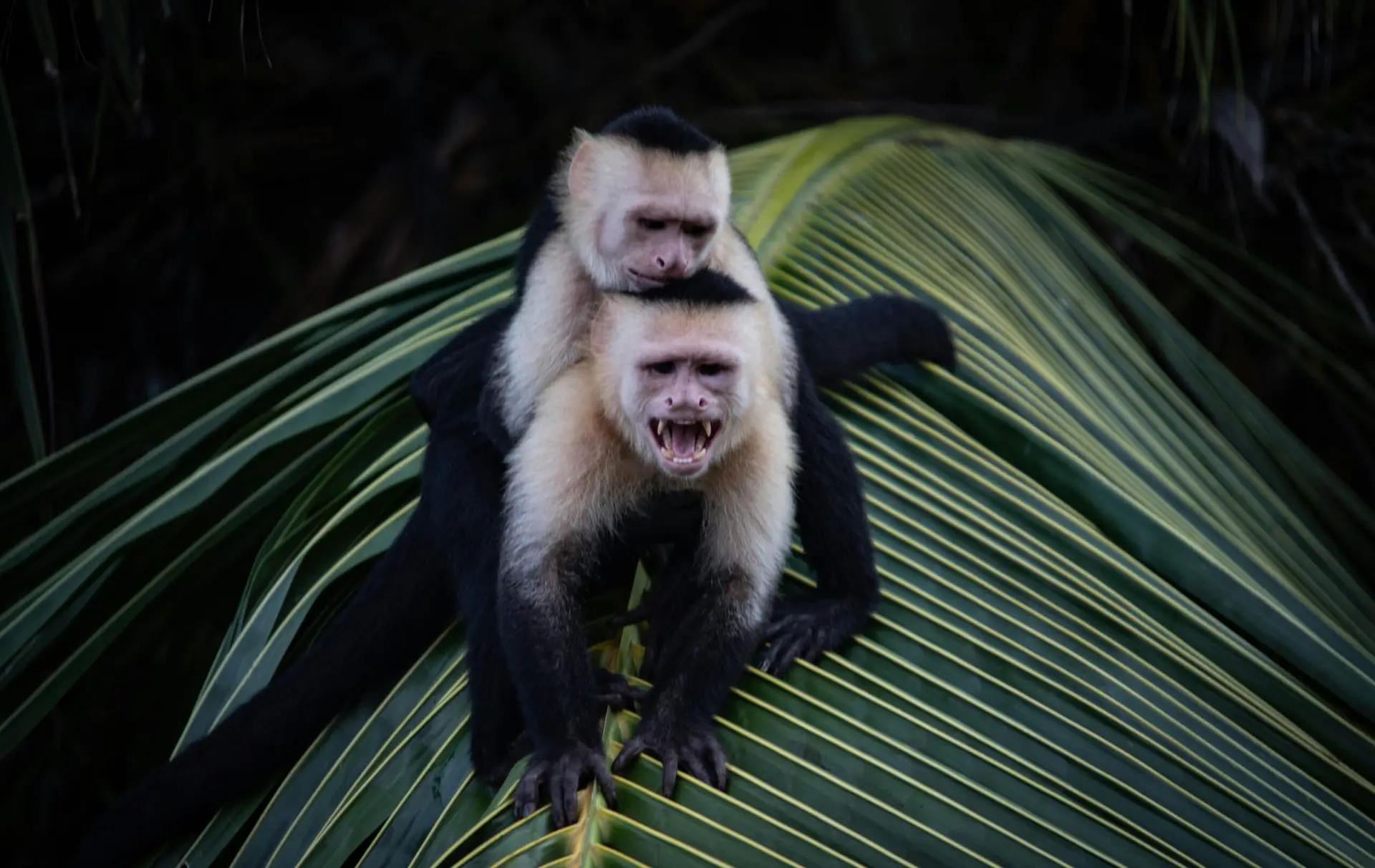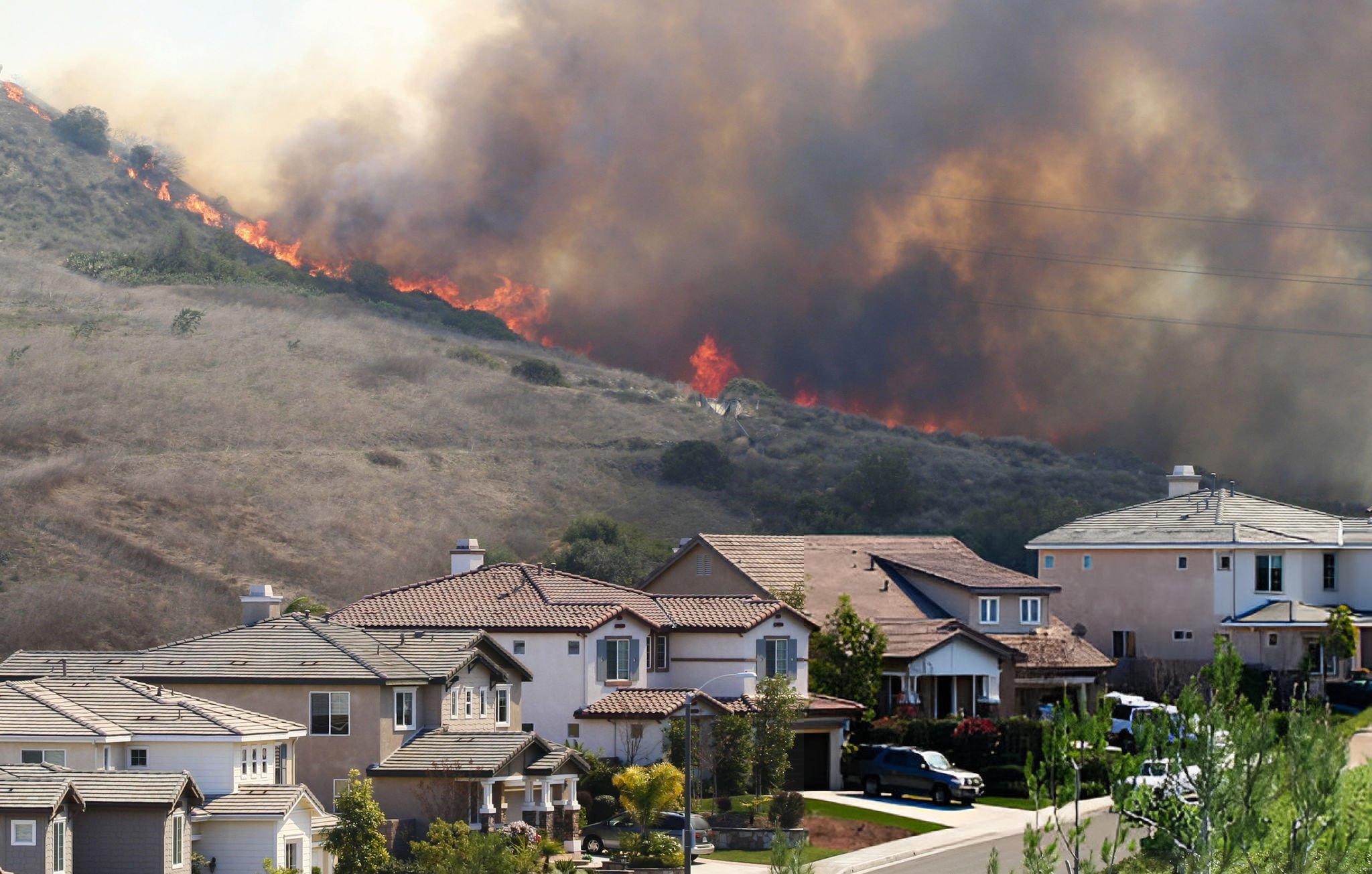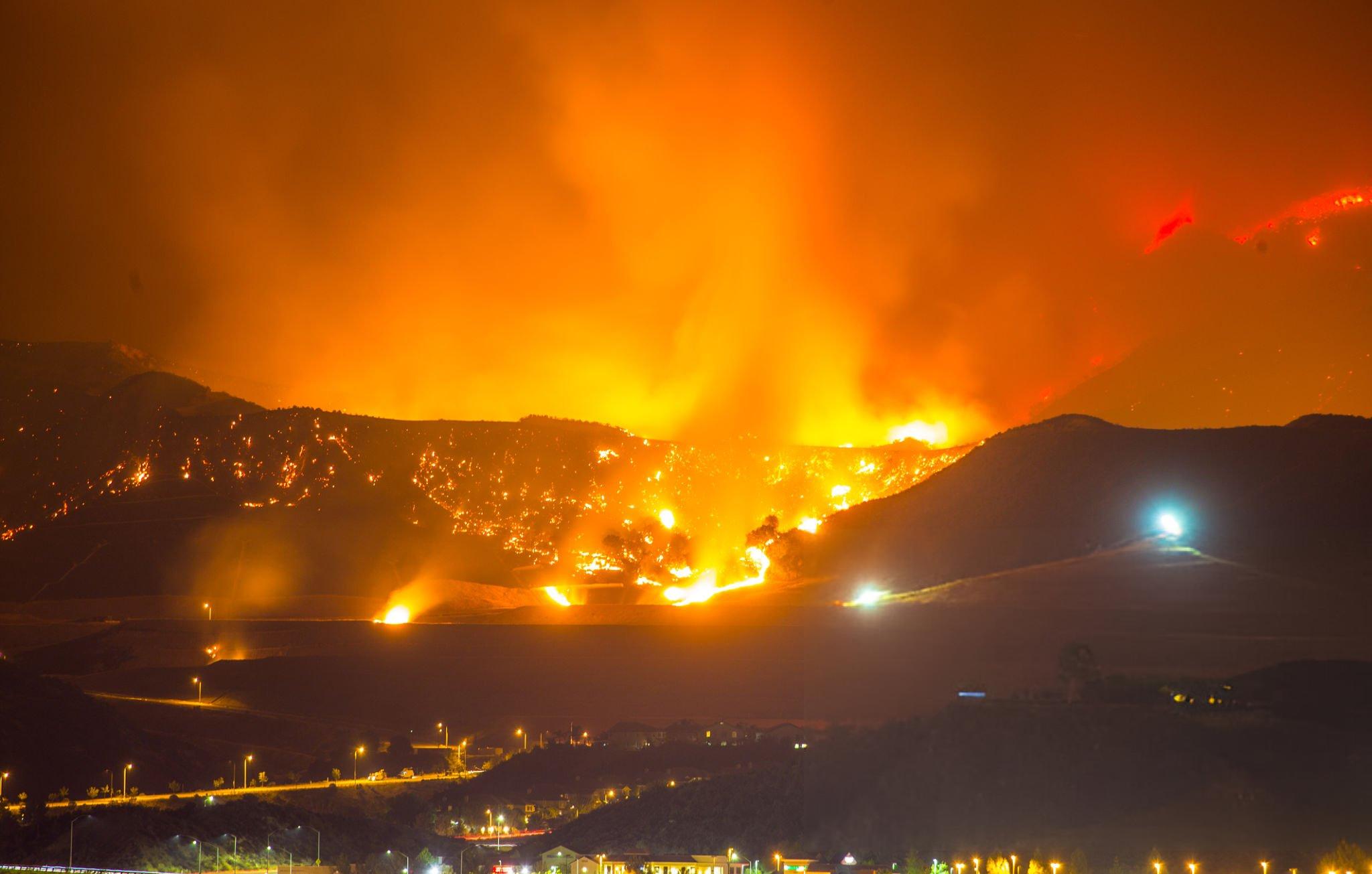Biodiversity and Climate Change: Why Protecting Ecosystems Matters

Introduction
A key component of the planet’s resilience and sustainability is biodiversity, or the variety of life on Earth. It includes all living things, from the tiniest microbes to the biggest mammals, as well as the ecosystems and ecological processes they support. Regrettably, human activity is putting tremendous strain on Earth’s biodiversity, and one of the main causes of this reduction is climate change.
Ecosystems are directly threatened by climate change, but it also exacerbates pre-existing environmental problems, including pollution, habitat loss, and resource overuse. For the sake of the planet’s overall health as well as the survival of particular species, biodiversity protection is essential.

Understanding Biodiversity
Biodiversity is typically categorized into three levels:
- Genetic Diversity: The variation of genes within a species, enabling adaptation to changing environments.
- Species Diversity: The variety of species within a habitat or ecosystem.
- Ecosystem Diversity: The range of ecosystems, such as forests, wetlands, and grasslands, each supporting different communities of organisms.
Ecosystems with high biodiversity are more robust and adaptable, providing critical services such as food, clean water, air purification, and climate regulation. However, these natural systems are increasingly under threat.
The Interconnection Between Biodiversity and Climate Change
Climate change and biodiversity loss are interlinked in a feedback loop. Changes in climate disrupt ecosystems, leading to biodiversity loss, while the decline of biodiversity weakens ecosystems’ ability to regulate the climate. Here’s how:
- Carbon Sequestration and Storage
Forests, oceans, and wetlands act as carbon sinks, absorbing significant amounts of carbon dioxide (CO2) from the atmosphere. When these ecosystems are degraded or destroyed, they release stored carbon, exacerbating global warming. For example, deforestation in the Amazon Rainforest contributes to rising CO2 levels, while coral reef degradation reduces the ocean’s capacity to store carbon. - Resilience to Climate Impacts
Ecosystems rich in biodiversity are more resilient to extreme weather events and other climate-induced changes. Diverse coral reefs, for instance, can recover more effectively from bleaching events than less diverse ones, ensuring the survival of marine life dependent on these habitats. - Mitigation of Natural Disasters
Mangroves, wetlands, and forests act as natural buffers against storms, floods, and rising sea levels. Their destruction not only increases the vulnerability of coastal areas but also diminishes biodiversity critical for maintaining these ecosystems.
Impacts of Climate Change on Biodiversity
The effects of climate change on biodiversity are profound and multifaceted. Key impacts include:
1. Habitat Loss and Fragmentation
Climate change alters habitats, making them unsuitable for many species. For instance:
- Polar regions are warming faster than other areas, leading to melting ice and the loss of critical habitats for species like polar bears and seals.
- Coral reefs, which host approximately 25% of marine species, are dying due to ocean warming and acidification.
Habitat fragmentation further isolates species, reducing genetic diversity and their ability to adapt to changing conditions.
2. Species Extinction
- According to scientists, human activity and climate change are the main causes of the 1,000-fold increase in the rate of extinction of species. Extinction is a threat to species that cannot migrate or change to new environments. Among the most impacted are amphibians, which are extremely sensitive to temperature variations.
- Butterflies and birds that depend on particular plants or ecosystems are losing their home.
3. Disrupted Ecosystem Functions
As biodiversity declines, ecosystems lose their ability to perform essential functions. For example:
- The loss of pollinators like bees threatens global food production.
- Declining fish populations disrupt marine food chains, impacting livelihoods and food security.
4. Changes in Species Distribution
Many species are shifting their ranges toward the poles or higher altitudes in search of suitable conditions. This migration disrupts existing ecosystems and creates competition for resources, often leading to the decline of native species.
Why Protecting Biodiversity is Crucial
The importance of biodiversity extends beyond ecological concerns—it underpins human survival and well-being. Here’s why:
1. Ecosystem Services
Biodiversity-rich ecosystems provide invaluable services that support life, including:
- Pollination: Bees, butterflies, and other insects pollinate crops, ensuring food production.
- Water Filtration: Wetlands filter pollutants, providing clean water.
- Soil Fertility: Microorganisms and plant species enrich soil, supporting agriculture.
2. Climate Regulation
Forests, grasslands, and oceans act as natural climate regulators by absorbing greenhouse gases. For example:
- Tropical forests store large amounts of carbon, helping to stabilize the global climate.
- Seagrasses and mangroves absorb CO2 while protecting coastlines from erosion.
3. Economic and Cultural Value
Biodiversity supports industries like agriculture, fisheries, and tourism. Many indigenous communities also rely on biodiversity for cultural practices, spiritual beliefs, and traditional medicine.
Strategies to Protect Biodiversity and Combat Climate Change
1. Conservation and Restoration Efforts
- Reforestation: Planting trees helps restore degraded forests and enhances carbon sequestration.
- Protected Areas: Establishing national parks, marine reserves, and wildlife corridors can safeguard critical habitats.
- Ecosystem Restoration: Restoring degraded ecosystems, such as wetlands and coral reefs, improves biodiversity and climate resilience.
2. Sustainable Resource Management
- Reducing pesticide use and implementing crop rotation strategies will help to advance sustainable agriculture.
- Protect marine biodiversity and avoid overfishing by promoting ethical fishing methods.
- Supporting environmentally friendly goods and ethical logging methods can help reduce deforestation.
3. Climate Mitigation Policies
- To cut greenhouse gas emissions, switch to renewable energy sources like hydropower, solar, and wind.
- To encourage reduced emissions and finance conservation initiatives, put carbon pricing mechanisms into place.
- Encourage international accords, like the Paris Accord, to keep global warming below 1.5°C.
4. Community Engagement and Education
- Raise awareness about the importance of biodiversity and sustainable practices.
- Support local conservation initiatives that empower communities to protect their natural resources.
- Educate younger generations about the value of biodiversity to ensure long-term commitment to environmental stewardship.
The Role of Individuals in Protecting Biodiversity
The Part People Play in Preserving Biodiversity
To protect biodiversity and fight climate change, each person has a part to play. Here are some concrete actions to take:
Recycling and sustainable consumption practices can help reduce trash.
Reduce your carbon footprint by taking public transit, cycling, or carpooling.
Donate money or lend a hand to conservation organizations.
In your garden, plant native plants to promote biodiversity in the area.
Steer clear of items that contribute to deforestation, including unsustainable palm oil.
Conclusion
Biodiversity and climate change are two sides of the same coin. Protecting ecosystems is essential not only for conserving wildlife but also for mitigating climate change and ensuring a sustainable future for humanity. By taking immediate and coordinated action, we can slow biodiversity loss, restore ecosystems, and build resilience against the impacts of a changing climate.
The future of the planet depends on our collective efforts to safeguard biodiversity. Governments, businesses, and individuals must come together to prioritize conservation, adopt sustainable practices, and address the root causes of climate change. In doing so, we can ensure that Earth’s incredible diversity of life continues to thrive for generations to come.
Keywords: biodiversity, climate change, ecosystems, habitat loss, species extinction, conservation, sustainable practices, renewable energy, global warming, ecosystem services, carbon sequestration, reforestation, climate resilience,Climage Aura




